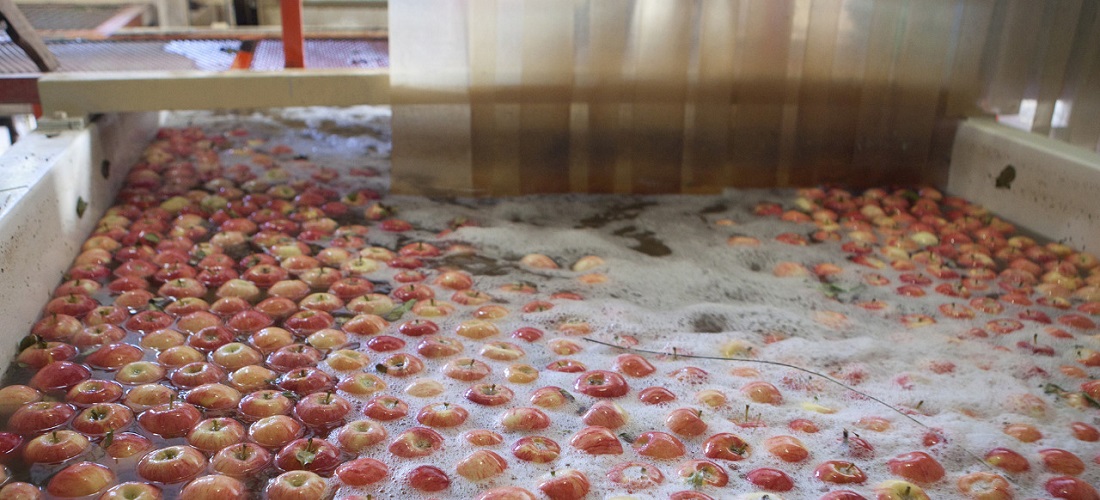
Foreign Fruit and Vegetable Imports at CEASA/MS Surge by 105%, Driven by Apples and Logistics
Mar, 28, 2025 Posted by Denise VileraWeek 202514
CEASA/MS’s imports of foreign fruits and vegetables grew by 105% last year, reaching 1,044 tons. Apples lead imports, followed by garlic and pears, with the main suppliers being Italy and Argentina. The logistics involve strict selection and refrigerated storage. The variety of fruits and the lack of domestic production drive imports, with Argentina’s Red Delicious apple standing out. CEASA/MS also imports products from Chile, Spain, and Portugal, including exotic fruits such as dragon fruit and mangosteen.
In 2023, CEASA/MS recorded the import of 507 tons. The increase was mainly driven by apples, which led to international purchases. In 2024, the entity reports that 536 tons of apples were acquired from Italy, Chile, Portugal, and Argentina. Next in line are garlic, 217 tons imported, and pears, 11 tons sourced from Argentina and Spain.
Italy is the leading supplier, sending 364 tons to CEASA/MS, followed by Argentina, with 241 tons. CEAGESP (Companhia de Entrepostos e Armazéns Gerais de São Paulo) also played a role, forwarding 119 tons of fruits from other countries to Mato Grosso do Sul. Argentina supplied 160 kilograms of cherries and 58 kilograms of figs, while Greece exported 20 tons of kiwi to the state.
In addition to these countries, CEASA/MS traders acquired 116 tons of products from Chile, 90 tons from Spain, and 70 tons from Portugal. Among the imported fruits are dragon fruit, mangosteen, rambutan, loquat, physalis, and blueberries from different parts of the world.
In addition to fruits, vegetables were also imported. As previously mentioned, garlic and 26 tons of onions were a highlight.
CEASA/MS highlights that importing these fruits requires specific logistics, including a rigorous selection process and packaging in adapted boxes to prevent damage during transport. “Once they arrive at their destination, they are stored in refrigerated chambers to preserve their appearance, flavor, and freshness after traveling thousands of kilometers,” the institution states.
For André Vasconcelos, one of the owners of a leading import company at CEASA/MS, the variety of fruits in the market is the main factor behind the growth in imports. The businessman explains that even when there is domestic production, as in the case of apples, some consumers prefer specific varieties, such as Argentina’s Red Delicious.
Besides the demand for variety, the absence of domestic production for some products and Brazil’s off-season period also contribute to the increase in imports.
Source: Campo Grande News.
-
Meat
Jul, 15, 2022
0
Int’l reach: Brazilian beef exports revenue rise 37% in June
-
Ports and Terminals
Oct, 05, 2020
0
BACTSSA to take legal action over failure to extend Terminal 5 contract at Buenos Aires Port
-
Grains
Aug, 16, 2022
0
Soybeans: Chinese Ministry of Agriculture lowers estimate for imports
-
Automotive
Sep, 28, 2022
0
Weg to invest BRL 660 mln in factories and export units in Brazil

